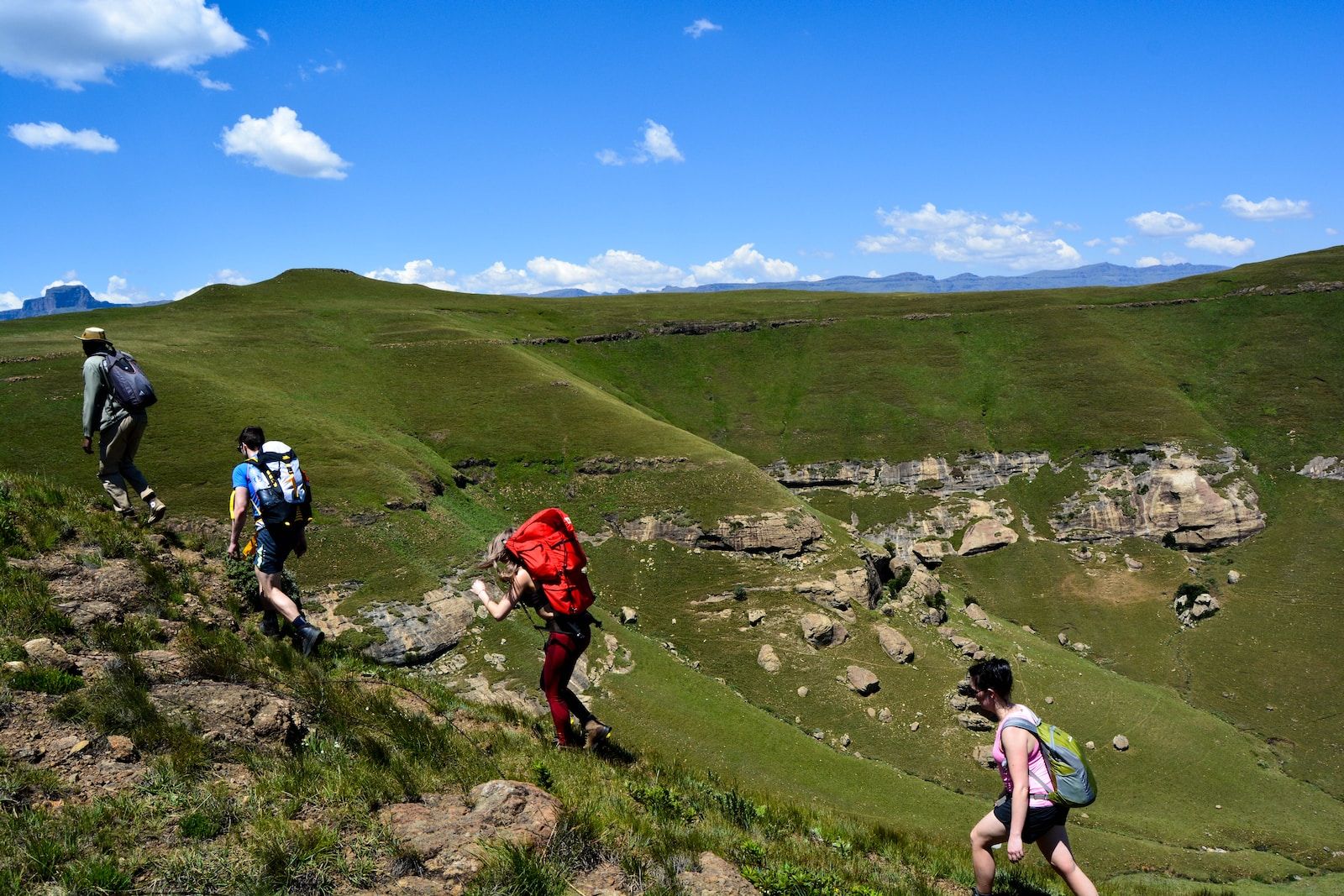Hiking has become more than just a leisurely pastime. It’s a way to connect with nature, challenge oneself, and enjoy the beauty of the great outdoors. If you’re ready to take your hiking adventures to the next level, learn how to train for a hike in this comprehensive guide. Discover everything you need to know, from training and nutrition to gear essentials, ensuring you become a fit and confident hiker ready for any trail challenge.
Hiking Fitness Training
When it comes to hiking, fitness training is the foundation of a successful journey. The following components are crucial when learning how to train for a hike:
1. Cardiovascular Endurance
Hiking often involves long hours of continuous movement. To build cardiovascular endurance, consider incorporating activities like brisk walking, jogging, or cycling into your training routine. Gradually increase your duration and intensity.
2. Leg Strength
Your legs bear the brunt of the work on the trail. Leg exercises such as squats, lunges, and step-ups are excellent for building the strength needed to conquer steep inclines and descents.
3. Core Stability and Balance
A strong core is essential for balance and stability on uneven terrain. Include exercises like planks, Russian twists, and side leg raises to work on your core muscles.
Hiking-Specific Workouts
Sample Workout Routine:
- Cardio: 30 minutes of brisk walking or jogging
- Leg Strength: 3 sets of 15 squats
- Core Stability: 3 sets of 30-second planks
Check out my YouTube channel for more workout videos like the one below!
Nutrition for Hikers
A balanced diet is your best friend on the trail. Consider these nutrition tips:
1. Pre-Hike Nutrition
Fuel up with a meal that includes carbohydrates, protein, and healthy fats. Oatmeal with fruit and nuts or a whole-grain sandwich with lean protein can provide sustained energy.
2. On-Trail Nutrition
Pack snacks like energy bars, nuts, and dried fruits. Stay hydrated with a hydration pack or water bottles, and replenish electrolytes with sports drinks.
3. Meal Planning
Plan your hiking meals to ensure you have enough sustenance for the entire journey. Include a mix of carbohydrates and protein for energy and muscle recovery.
Hiking Gear Essentials
To enjoy a safe and comfortable hiking experience, equip yourself with the following gear:
1. Footwear
Invest in quality hiking boots or trail shoes. Make sure they are well-fitted and provide proper ankle support.
2. Clothing
Dress in moisture-wicking and layered clothing for different weather conditions. Don’t forget a rain jacket and a sun hat.
3. Backpack
Choose a comfortable and appropriately sized backpack to carry your essentials. Look for models with padded straps and a waist belt.
4. Navigation Tools
Carry a map, compass, or a GPS device to stay on the right path.
5. First Aid Kit
Be prepared for minor injuries with a basic first aid kit containing bandages, antiseptic wipes, and pain relievers.
6. Safety Essentials
Include items like a whistle, a flashlight, and a multi-tool in your gear.
Training for Specific Hiking Challenges
Different hikes present unique challenges. Tailor your training to match the specific demands:
1. High-Altitude Hikes
Altitude can affect your breathing and stamina. Train at higher elevations when possible and practice controlled breathing techniques.
2. Long-Distance Treks
Focus on building endurance through extended cardio sessions and gradual mileage increases.
3. Steep Ascents and Descents
Incorporate steep hill workouts and downhill training to prepare your legs for varying terrain.
Incorporating Personal Training
While self-guided training can be effective, personalized training programs from a certified personal trainer, such as those offered by Aspire For Adventure, can provide you with tailored workouts that align with your fitness level, goals, and specific hiking challenges. Our experienced personal trainers go beyond general workouts, offering guidance on form, technique, and progress tracking. Learn how to train for a hike with the expertise and support of a personal trainer. Whether you’re a novice seeking a solid foundation or an experienced hiker aiming to enhance your skills, our personalized approach ensures your training is as unique as your adventure goals.
Safety and Trail Etiquette
Safety is paramount on the trail. Prioritize safety by following these guidelines:
1. Leave No Trace Principles
Respect the environment by adhering to Leave No Trace principles. Pack out all trash, stay on designated trails, and avoid disturbing wildlife.
2. Inform Someone of Your Plans
Before embarking on any hike, inform someone about your plans. Share details like your route, estimated return time, and emergency contact information.
3. Carry Essentials
Always carry the “Ten Essentials,” which include navigation tools, insulation, sun protection, first aid supplies, and more.
Your hiking adventure is just around the corner. When learning how to train for a hike, it is important to remember to prioritize fitness training, proper nutrition, and essential gear, so you’ll be well-prepared to take on the trails. Whether you’re a novice or a seasoned hiker, there’s always room to grow and evolve. So, lace up your hiking boots, grab your gear, and step into the world of adventure with confidence.





0 Comments